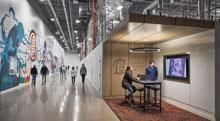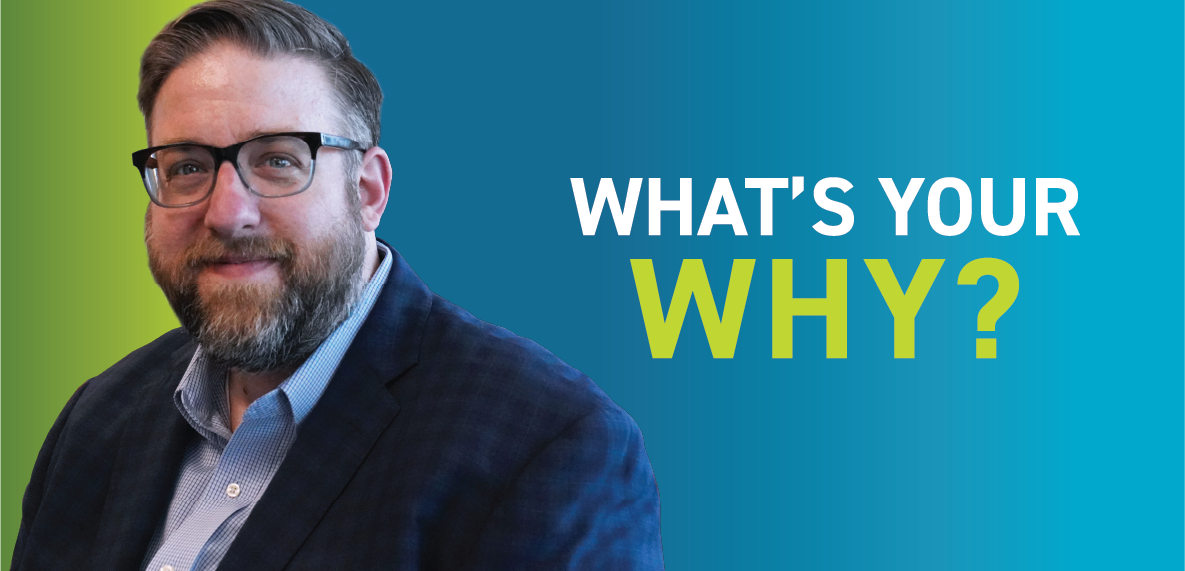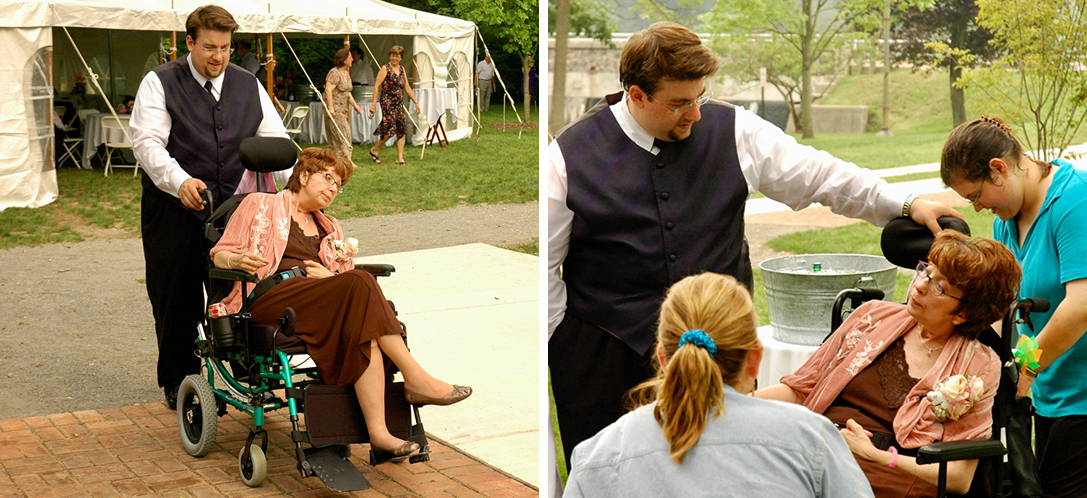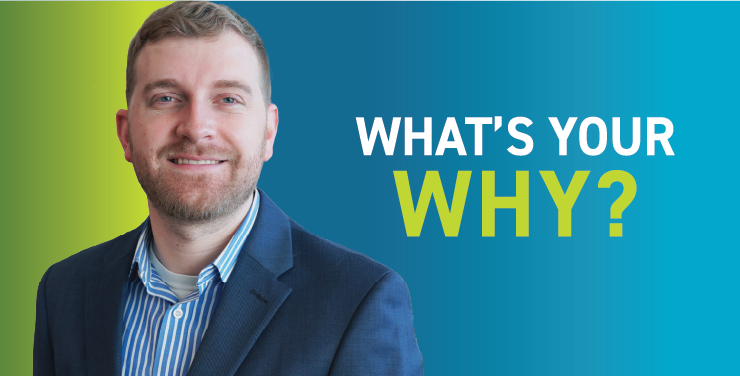
What's Your Why? | Justin Ferguson’s Empathy in Healthcare Design

In full disclosure, healthcare, in any form, was never really on my radar, though it was for my family. My brother, six years my junior, is a pediatrician with his own thriving family practice. My mother attended nursing school for a while and later worked at a university hospital as a clerk after retiring as a public librarian. Over my professional career, I have had the fortune to touch pretty much every project type, from tiny homes and airports to corporate and federal buildings to entire neighborhoods and cities. Professionally, it is only within the past couple of years that I have been able to bring my almost thirty years of design experience to healthcare. However, my personal, lived experience with healthcare came much earlier and much more abruptly.
Empathy from User Experience
In 2005, my mother was driving home from work one snowy night when she drove off the road and crashed into a tree. I was expecting to meet her that night, and after she did not show up and I could not get in touch with her, I drove her route to see what I could discover. Driving a dark and winding, two-lane rural road, I was shocked to see traffic congestion and flashing lights up ahead; I had come across my mother’s accident scene. The sheriff directing traffic told me to make my way to the hospital—the very same hospital my mother had just been driving home from after her evening shift. I made it to the ER around midnight, where I was told my mother was in a coma and that I should wait in the large, general waiting area. I would spend the next two days and nights in that waiting area making phone calls, meeting untold medical staff, and making life-changing decisions. I was alone, stressed out, unsure, sleep deprived, and like many people at the hospital—at my worst. Trying to sleep on the highly durable yet highly uncomfortable lobby sofa did not help. My role as my mother’s medical “companion,” a loved one, friend, or external caregiver accompanying a patient and serving as the point of contact, had just begun.
My mother emerged from her coma a month later, and her closed-head injury had left her physically and mentally disabled, unable to make decisions or even communicate her wishes. Her physical state would leave her vulnerable to even the most common illnesses and infections. Over the years as her part-time medical companion, we would experience countless ERs, ICUs, and patient rooms, both shared and private. I walked many poorly marked miles of healthcare corridors while visiting numerous sterile skilled nursing and neuro-rehab facilities. As a family member, I not only felt helpless and a lack of control, but as an architect, I was shocked at the lack of empathy put into the design of the overall healthcare experience for people, whether it be patients, family, or caregivers, as they all attempt to deal with moments of such intimate and profound trauma.

My mother, Sheryl, and me at my wedding reception, 18 months after her accident.
The Healthcare Experience Beyond Clinical Care
While I recognize the patient’s clinical care is the priority, there is still much to be desired in the overall healthcare experience for everyone involved, especially those serving as companions. As a user and designer, I have a few simple suggestions. Specify comfortable yet durable furniture, or better yet, different types of furniture to support different needs. Taking a page from today’s workplace design, create different space types that can adapt and support different activities for those waiting, praying, listening, updating, working, sleeping, and making life-altering decisions. While providing clear and understandable signage and wayfinding would help lessen the stress of those already overly burdened, maybe it’s time hospital layouts change so that such complexity isn’t necessary. And one of the most overlooked yet impactful elements of the healthcare experience is regular maintenance and upkeep of facilities. This includes touching up scuff marks and gouges in drywall, especially in patient exam rooms where we don’t have much else to look at, and replacing water-damaged ceiling tiles that are the inevitable focus for those on gurneys.
My Role in Healthcare Design
For many people, from patients and their companions to hospital clinicians, staff, and administration, healthcare settings serve as a daily background providing a spectrum of moments full of emotions at all stages of life. These moments are typically life-changing, from parents welcoming the arrival of their first child into the world to the patient in hospice care, holding their loved one’s hand as they wait to depart this world, and everything else in between. While I don’t play a direct role in the day-to-day design of healthcare environments, I know that my role in researching to better understand healthcare spaces and strategizing how to apply our knowledge and insights is critical.
Check out the first and second installments of this series, "What’s Your Why? | Bryan Ruby’s Passion for Healthcare Design" and "What's Your Why | Kara Timmons’ Appreciation for Healthcare Design," and discover BHDP's expertise on our Healthcare page.
For more of Justin’s insights, check out "Delivering A Positive Patient Experience: The Impact Of A Holistic Customer Service Mindset."
Author
Content Type
Date
July 20, 2023
Market
Topic
Healthcare Design



